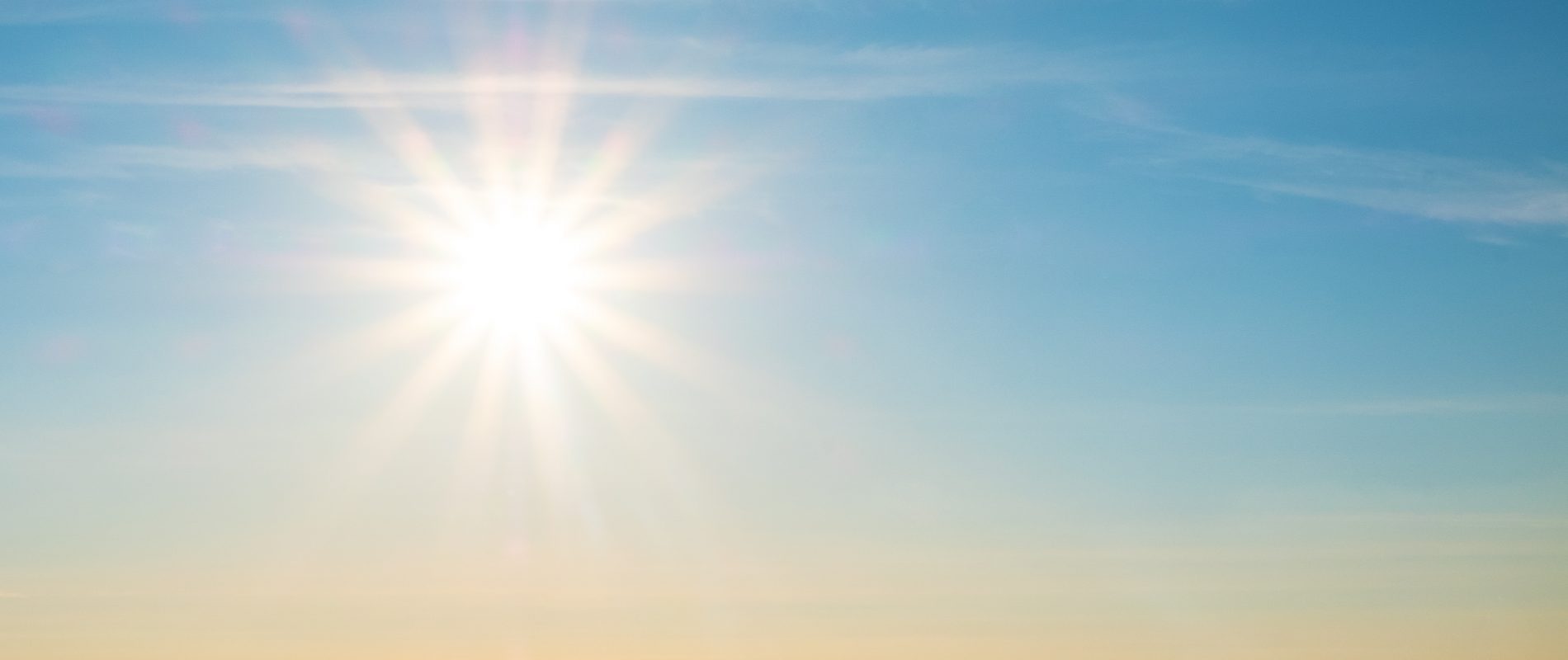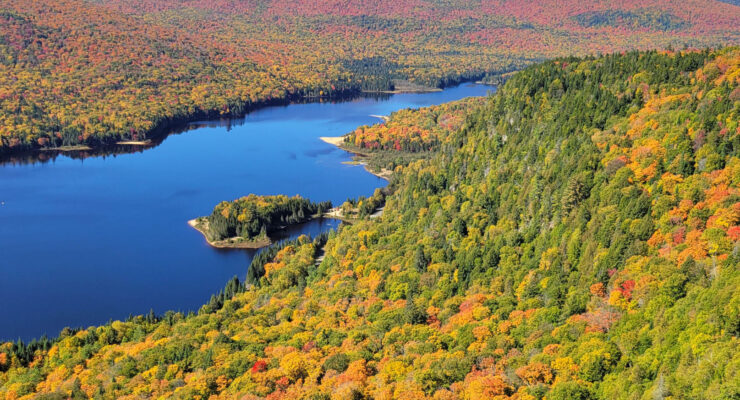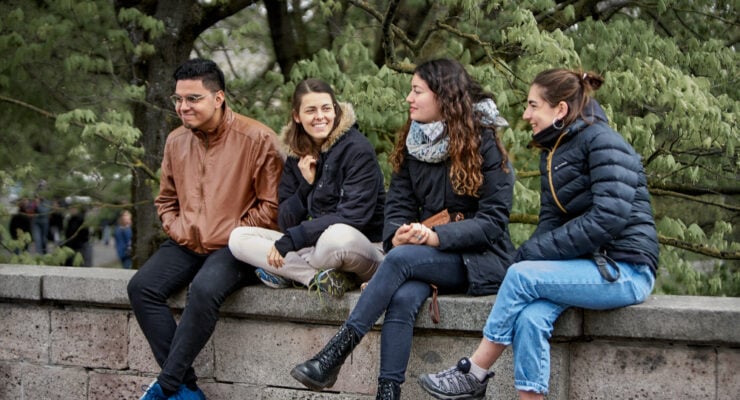New Zealand is known for its incredible scenery, the All Blacks, kiwifruits and kiwibirds, adventure and nature. On the other hand, it is not necessarily known for its heat, unlike Australia, which immediately evokes sun and heat. One can easily be surprised by the power of the sun there, despite the fact that it is known to be one of the most aggressive in the world. The sun makes some people happy but it also worries many others. So how does the sun feel there? What can you do to protect yourself from it?
This article is not here to discourage you from going to New Zealand or Australia, even if you are very sensitive to the sun. On the contrary, it would be a shame to miss out on the beauty of these countries for this reason. So this article aims to inform and educate you to make your trip more enjoyable.
1. The feeling of the sun
New Zealand has several climates ranging from subtropical to alpine. Despite this, temperatures are fairly mild all year round pretty much everywhere in the country. It is obviously warmer in the north and colder in the south but the temperatures do not vary much. Do not hesitate to consult this site which gives an idea of the current temperatures.
When I arrived in New Zealand in early spring, I was very surprised by the feeling of the sun on my skin. While in Belgium I was used to a stifling ambient heat in the summer, I found the heat in New Zealand very “local”. In fact, in New Zealand, you can feel the sun’s rays directly on your skin. The sun is beating down. It’s a very specific and weird sensation and difficult to explain. I love sunbathing, but I quickly understood that it was going to be complicated there.
It’s not that it’s necessarily hot in the air. The heat comes directly from the sun’s rays. So, as soon as the sun comes out, you can feel its heat, sometimes pleasant, sometimes aggressive on your skin. But if a cloud arrives, you feel a cool sensation almost immediately. The heat is not overwhelming and the shade is often enough to offer you a little rest. It is not unusual to alternate between a sweater and a tank top, in both summer or winter.
In Australia, you could spend months on end in the sun and if you don’t protect yourself once, you won’t be caught a second time, you risk a big sunburn! In any case, without maximum protection, you risk greatly lowering your sun capital if you multiply prolonged exposures.
Note that it is not uncommon in Australia, to get sunburned all over your body, including your ears, eyelids, and skull when you don’t wear a cream and hat.
2. The dangers of the sun
In both New Zealand and Australia, the ozone layer is less protective than in other places in the world. UV radiation there is among the strongest in the world. Then, because of the orbit of the Earth, the planet is closer to the sun during the summers in the southern hemisphere than in the northern hemisphere. For example, studies show that people in Otago receive twice as much UV radiation as people in Germany (equivalent in latitude) in their respective summer. Finally, there is less pollution to block UV radiation in the southern hemisphere.
The sun can therefore have adverse effects on our health such as sunburns in the short term, but also premature aging of the skin, damage to the eyes and, in the long term, a higher risk of developing skin cancer.
3. Tips to protect yourself from the sun
New Zealand’s rather cool and temperate temperatures can easily hide the harmful effects of the sun. Yet in any season and any weather, the New Zealand sun can burn. Many people say they get more sunburned in New Zealand than anywhere else in the world, even Australia! So here are some tips on how to properly protect yourself from the sun, but also some additional tips if you are sensitive and prefer to take every precaution possible during your WHP.
Sunscreen
The Ministry of Health recommends applying sunscreen in the morning and early afternoon at a minimum, and every 2 hours if you are doing outdoor activities. Think about this, especially if you work in agriculture several hours a day for several weeks. Apply sunscreen 15 minutes before exposure and use a high factor protection (minimum 30 SPF).
Finally, if you enjoy water sports, choose a wetsuit that will not only protect you, but will also avoid harming the oceans. If you prefer sunscreen, opt for an eco friendly cream. Don’t forget to apply it well before swimming and to put it back on as soon as you get out of the water, even if it is a waterproof protection.
In Australia, in addition to the usual supermarkets that sell sunscreen, you will find stores of the Cancer Council, an association with an explicit name that does prevention to limit the risks of cancer.
Clothing and sunglasses
Cover up when you spend long hours in the sun, especially in the summer. Choose light but long-sleeved clothing. Cover up with caps or large hats (which also protect your eyes). Wear sunglasses as well, and consider buying quality glasses with real UV protection. It is not necessarily necessary to wear long-sleeved clothing in everyday life, but rather on very sunny days or extended periods outdoors.
Times and places
In winter, as in summer, it is necessary to protect yourself. If you are worried about the sun, it might be a good idea to spend your winter on the North Island and your summer on the South Island. You can also choose cloudier towns (such as Balclutha, Invercargill, or Palmerston North) and avoid sunny areas (such as Nelson, Whakatane, or New Plymouth). However, it is recommended to apply sun protection even when it is cloudy.
Finally, in summer, avoid exposure between 10 am and 2 pm, and remember to stay in the shade.
In Australia, you can consult the updated UV map provided by the Australian government. Just click on the city of your choice to find out the UB index of the day.
Jobs
If you are sensitive to the sun, it may be best to choose jobs with minimal sun exposure. This means indoor jobs (restaurants, tourism, factories, etc.) are preferable. If you really want to work in horticulture then choose jobs that offer more shade. For example, if you are picking kiwis, you will be mostly under trees, while if you are picking blueberries, you will be in the sun most of the time. You can also choose greenhouse jobs. It will be hotter there and you will still need to wear sunscreen, but the greenhouse will give you an extra layer of protection.












 Français
Français English
English



0 comments
{{like.username}}
Loading...
Load more